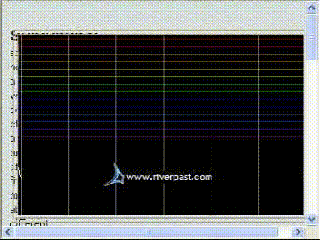So I have some questions
1. Do we really believe "DP" comprises the ultimate limits of all existence?
2. Could it simply be that the very ability to observe something is the limit, but beyond observation perhaps an analog space-time still exists?
3. Just because something is unobservable, unmeasurable, undefinable, does that mean it cannot exist?
I am thinking I may be in a camp all my own. Marching to the beat of my own drummer so to speak. I guess this all has to depend on your definition of "exist." I see it all as a matter of perspective. Take this dispersion wave for example:

What this represents is several wave patterns on top with the resulting summation of all the wave patterns represented below. This of course a very slow motion representation. If you imagine all of the top wave patterns moving at any given speed (for example the speed of light) you will see that the summation pattern actually moves faster than individual parts. Hence by all practicalities, the dispersion wave is sending a "signal" faster than the individual signals.
So, some more questions then:
4. Is this signal "Real?"
5. Is the signal really "faster?"
6. Does the signal "exist?"
I firmly believe that our "Reality" is discreet and digitized (i.e. planck constant, planck length, planck time). But that is only our ability to measure and observe. This then begs the final question:
7. Is what we can observe really all that there is?
